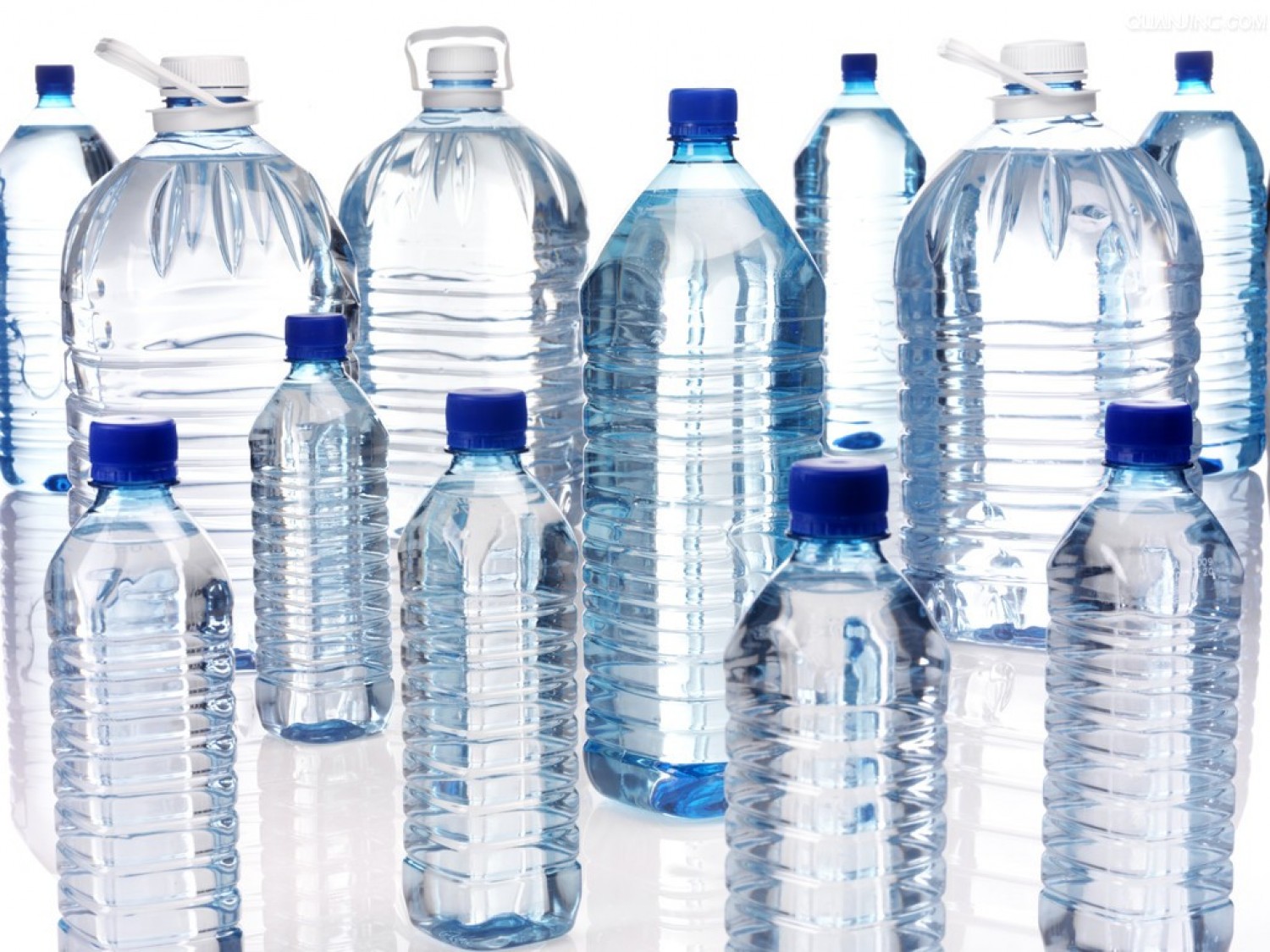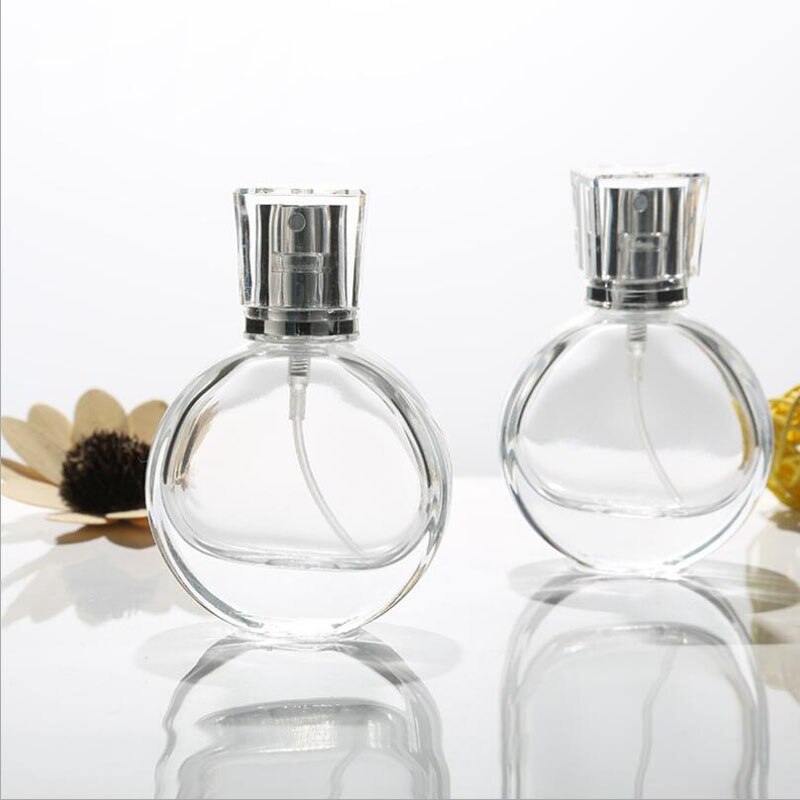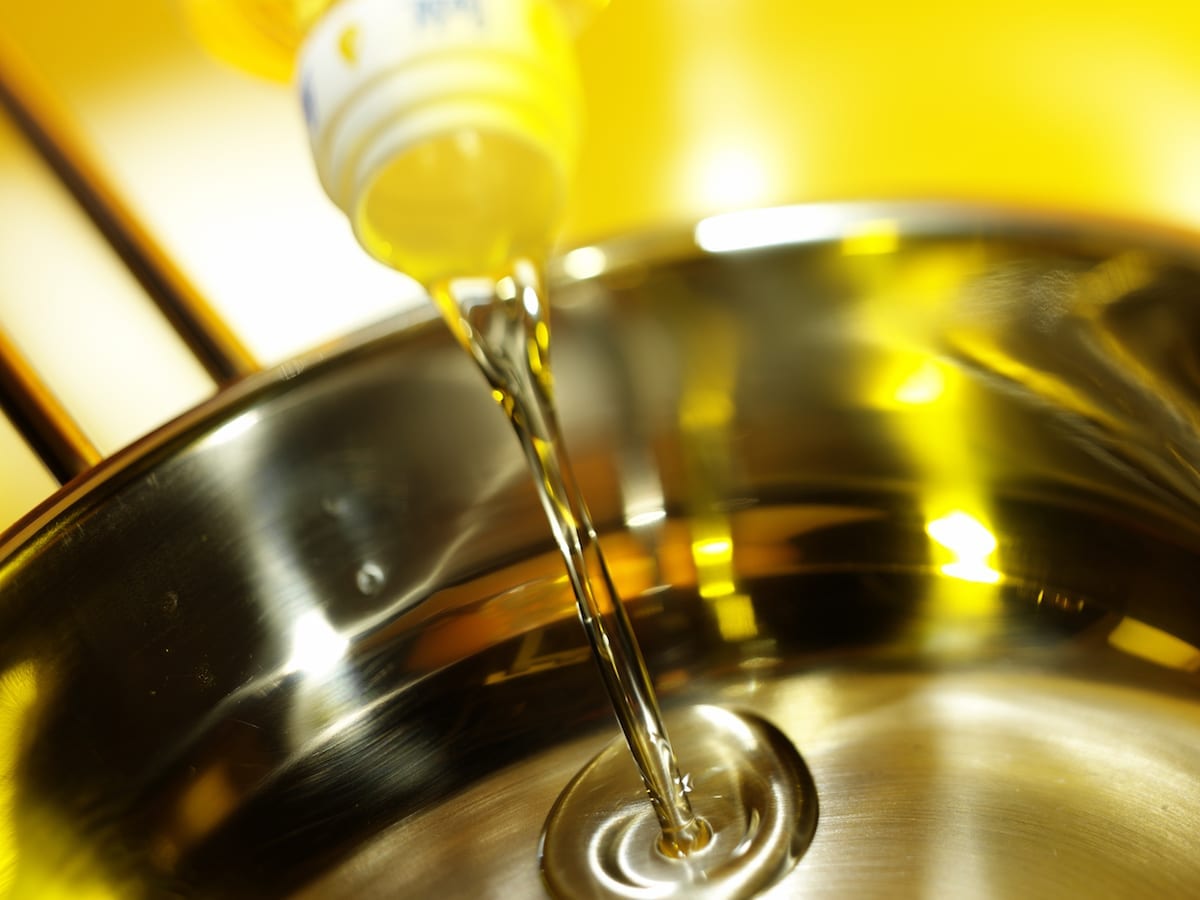How To Guide: The Difference Between Butter and Margarine
Introduction:
Are you confused about the difference between butter and margarine? Don't worry, you're not alone. With so many choices in the dairy and spreads aisle, it can be challenging to understand the distinctions between these two popular options. In this guide, we will break down the composition, nutritional value, taste, and uses of butter and margarine to help you make an informed decision.
Table:
| Factors | Butter | Margarine |
|---|---|---|
| Composition | Dairy product | Vegetable oil or hydrogenated oil |
| Nutritional Value | Higher in saturated fat | Lower in saturated fat |
| Taste | Rich and creamy | Mild and slightly sweet |
| Uses | Baking, cooking, and spreading | Baking, cooking, and spreading |
Step 1: Composition:
Butter is a dairy product made from churning cream or milk. It often contains a minimum of 80% milk fat, along with water and milk solids. On the other hand, margarine is a butter substitute made from vegetable oil or hydrogenated oil. It undergoes a process called hydrogenation to solidify the oils, resulting in a spreadable texture.
Step 2: Nutritional Value:
When it comes to nutritional value, butter and margarine differ significantly. Butter is higher in saturated fats, which can increase the risk of heart disease when consumed in excess. On the contrary, margarine is lower in saturated fats and may contain unsaturated fats, including omega-3 and omega-6 fatty acids, which are considered more heart-healthy.
Step 3: Taste:
The taste of butter and margarine varies as well. Butter has a rich and creamy flavor, often associated with indulgence. It adds depth and richness to dishes and baked goods. On the other hand, margarine has a milder taste, often slightly sweet. It is a versatile option that complements various flavors without overpowering them.
Step 4: Uses:
Both butter and margarine have multiple uses in the kitchen. Butter is a favorite in baking due to its unique flavor and ability to create flaky textures. It is also commonly used for cooking, frying, and sautéing. Additionally, butter is a popular choice for spreading on bread and toast. Margarine, on the other hand, can also be used for baking, cooking, and spreading. Its lower saturated fat content makes it a healthier alternative for those concerned about their heart health.
Conclusion:
While butter and margarine share some similarities, such as their ability to be used in baking, cooking, and spreading, they differ in terms of composition, nutritional value, taste, and health implications. Butter is a dairy product higher in saturated fat but offers a rich and indulgent taste. Margarine, made from vegetable oils, is lower in saturated fat and has a mild, slightly sweet flavor. Consider your personal preferences, dietary needs, and health goals when choosing between butter and margarine for your recipes and spreads.

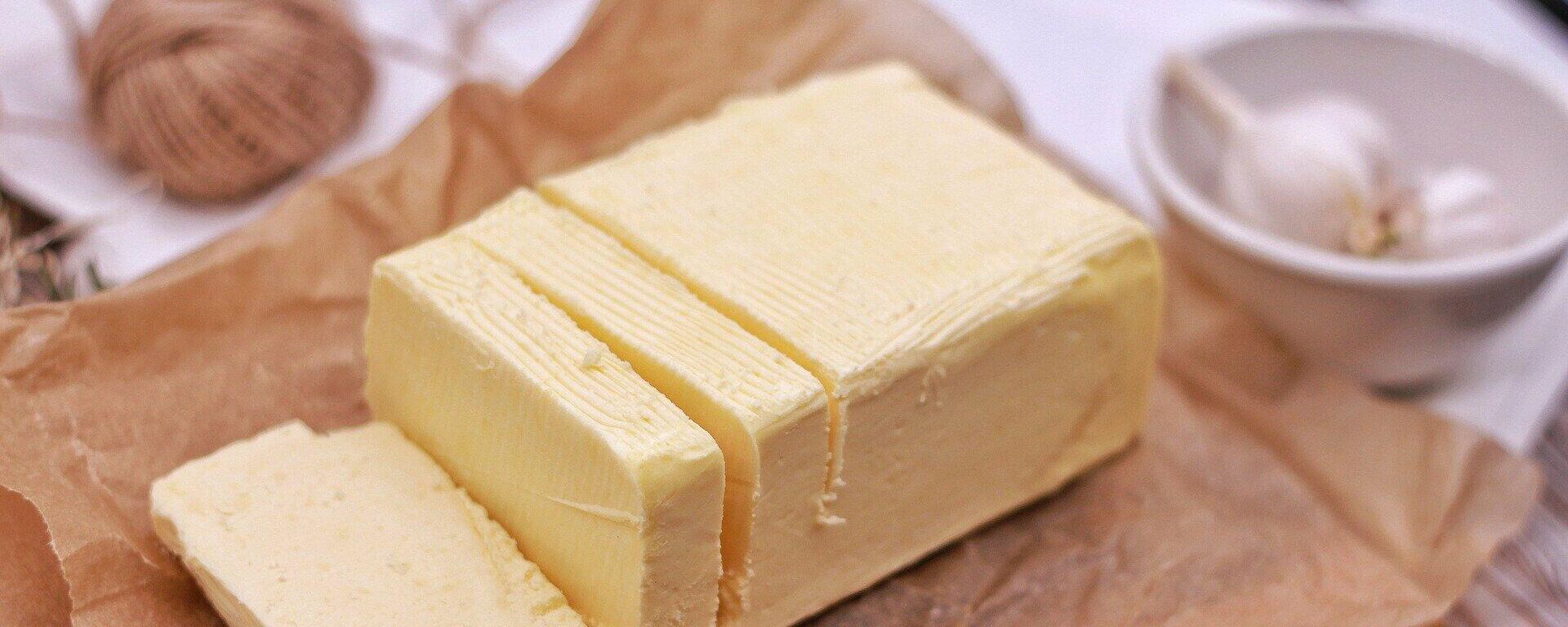
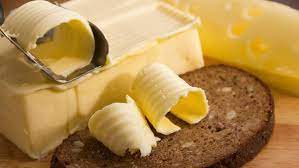
 Admin
Admin 



